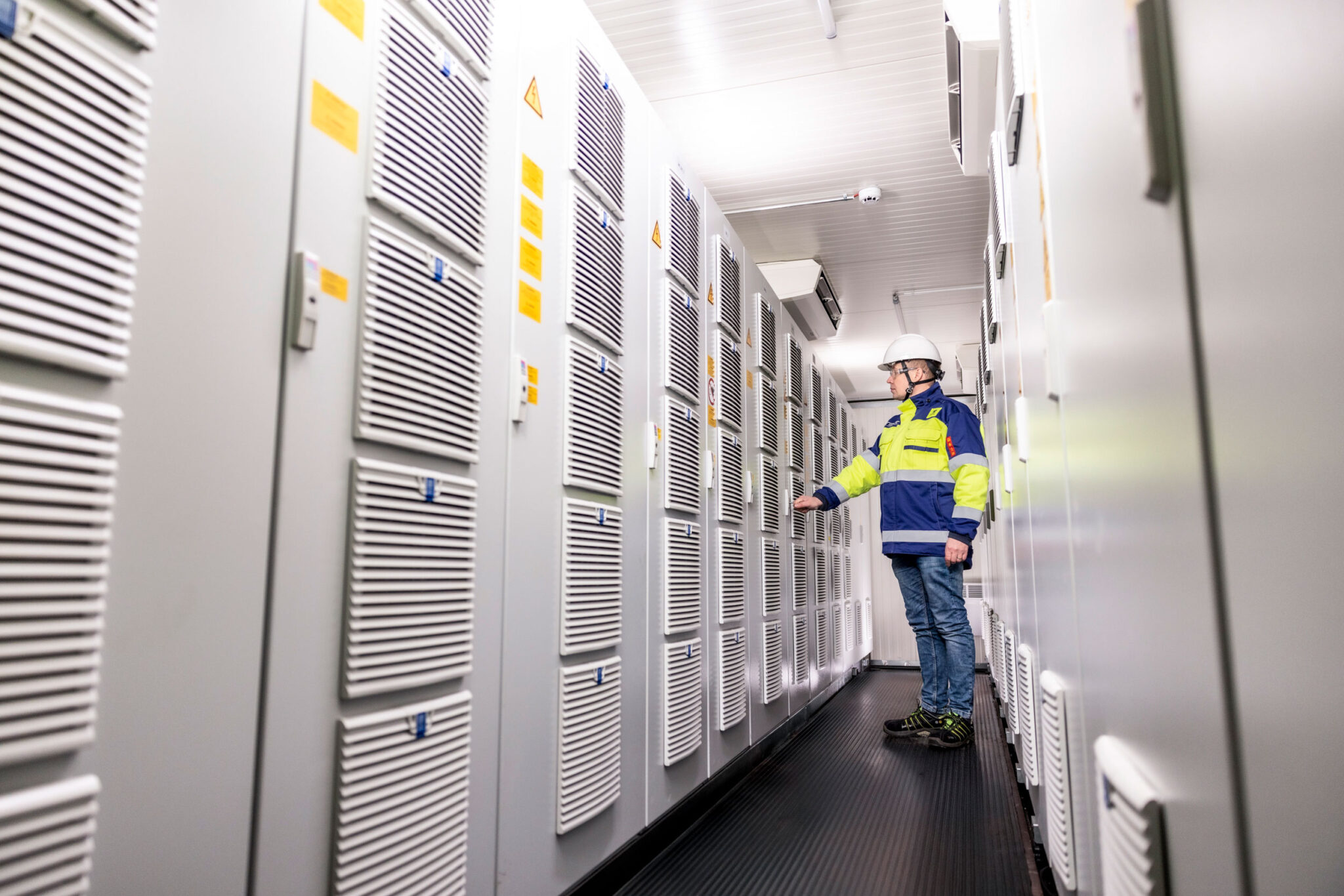Heidi Oja and Max Isaksson say that a crossing arises when a landowner wants to do work such as dig a ditch or clear a field beneath a transmission line.
“Crossings also occur when roads or car parks are built or from overhead lines and lighting if there are transmission lines in the area. Crossings are all activities or events that occur near transmission lines,” they say.
A crossing statement is required in order for a project planned in the area to be executed safely.
“This also helps to ensure that electricity transmission is not disrupted. The statement does not explicitly approve or reject any plans. Instead, it sets appropriate limits for the construction or event,” Max Isaksson summarises.
Statement requests can be sent by email, letter or on Fingrid’s map service – and people are always welcome to call, the pair say.
High completion rate
Crossing statements are always issued in writing. They come with a map showing the transmission lines and the construction site. Crossing statements provide guidelines on where and how the site can be safely built on. At present, almost all crossing sites can be implemented, as long as the plan is fine-tuned to ensure the correct safety distances.
Why are more and more statements needed? – Oja and Isaksson list a few reasons: firstly, the number of transmission lines has increased.
“The plans call for many more transmission lines to be built in the future,” Heidi Oja states.
And the more the grid is strengthened, the greater the earth fault current and earthing voltages will be. This increases the importance of coordinating crossings and transmission lines.
Underground cables coming soon
Heidi Oja and Max Isaksson state that operators in the sector seeking to reduce the amount of storm damage to their networks are rapidly switching from overhead lines to underground cables, including near Fingrid’s lines.
“Nowadays, all overhead lines that cross transmission lines are being replaced by underground cables, also to facilitate the construction of our transmission lines,” Heidi Oja says.
The rate of activity in the field is further increased by the fact that a large number of cable links are built near new connection stations due to factors such as the increase in wind power generation.
According to the duo, crossing statements should be requested well in advance of the start of construction, and the statements are usually delivered on time. However, approximately once per month, a situation arises where someone sitting in a work machine phones and asks if they can start digging.
“In urgent situations like these, we strive to respond very quickly, and we have been quite successful in doing this,” Oja and Isaksson state.
In simple cases, a statement can be completed in one day, but if information needs to be collected from various parties before a statement can be prepared, the process could take several weeks.
Wide-ranging teamwork
Heidi Oja and Max Isaksson have been preparing statements since 2007, so they have the necessary expertise to respond to extensive and complex requests. However, they do not run the whole show alone: they are currently assisted by a fixed-term planner and two part-time trainees.
“We have long had students from higher education institutions working with us, and they have been responsible for work such as mapping,” Heidi Oja says.
Fingrid’s regional organisations also provide solid support.
“Ultimately, the transmission line experts in various regions are the ones who contact customers the most,” Oja says.
“Fault current counters, line route planners and line project managers are important partners for us.”







